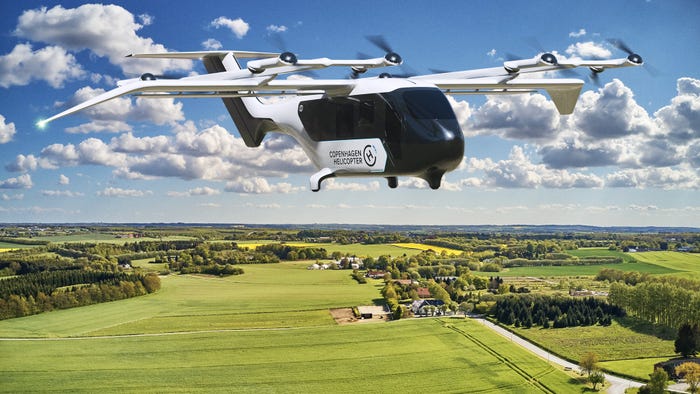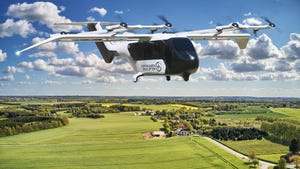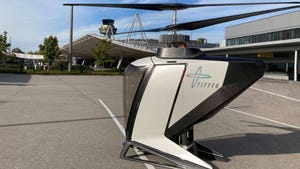Researches Use IoT for Cancer DiagnosisResearches Use IoT for Cancer Diagnosis
Artificial neurons and an AI system are being used to assess benign or malignant tumors

Researchers from the Korea Institute of Science and Technology (KIST) have developed a novel cancer diagnosis technology; a simple but accurate method that uses tactile neuron devices combined with AI technology.
Typically, a non-invasive method of diagnosis is ultrasound elastography; however, interpretation of the results can vary. The new method identifies and measures the stiffness and distribution of a tumor, allowing for accurate cancer diagnosis.
The KIST team developed this alternative method to improve accuracy and speed up the time of prognosis. For their experiments, the team combined tactile neuron devices with artificial neural network learning methods, applying pressure to a potentially cancerous site, with the pressing force generating electrical spikes that increase or decrease depending on the stiffness of the object encountered.
The method falls under the category of “neuromorphic technology,” a data processing technology that has become increasingly popular given its compatibility with AI, IoT and autonomous technologies. It seeks to emulate the human brain’s method of processing vast amounts of information using minimal energy, with neurons receiving external stimuli through sensory receptors which are then converted into electrical spike signals.
Deploying this for disease diagnosis, the team used elastography images of malignant and benign breast tumors in combination with a spiking neural network learning method. The pixels from the color-coded ultrasound elastography image correlated to the stiffness of the object encountered and were converted to a frequency value to train the AI.
Following this process, the team reported a breast tumor diagnosis accuracy of 95.8%, saying the developed artificial tactile neuron technology is capable of “detecting and learning mechanical properties with a simple structure and method.”
The team also anticipated the device could be used in low-power and high-accuracy disease diagnosis and applications such as robotic surgery, where a surgical site needs to be quickly determined with minimal to no human interaction.
About the Author
You May Also Like


.jpg?width=700&auto=webp&quality=80&disable=upscale)





